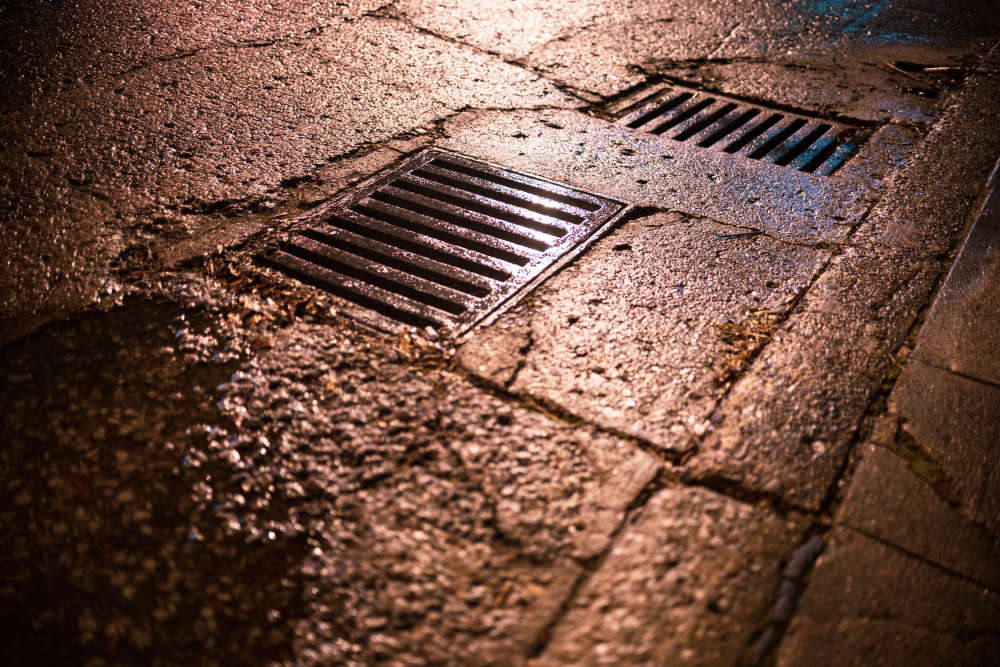The Most Common Problem Areas In Guernsey Homes That You Need To Know About

Maintaining a home is a continuous process. Every homeowner is going to face various issues over time.
Understanding Guernsey homes' most common problem areas is essential for proactive maintenance and timely repairs. It’s certainly not a great time to be dealing with any unexpected costs. From structural concerns to plumbing and electrical problems, identifying these issues early can help prevent further damage and costly repairs down the line.
1. Plumbing And Drainage Concerns
Plumbing problems can disrupt daily life and cause significant damage if not addressed promptly. You should always talk to a plumber if you’re not absolutely certain that you can fix them yourself!
Leaking Pipes: Leaky pipes are a common issue that can lead to water damage, mould growth, and increased water bills. Leaks can occur due to ageing pipes, pipe corrosion, or improper installation.
Clogged Drains: Clogged drains are often caused by the accumulation of debris, hair, grease, or foreign objects. They can result in slow drainage, foul odours, or even overflowing sinks or toilets.
Faulty Faucets and Toilets: Dripping faucets and running toilets not only wastewater but can also indicate underlying issues with the plumbing fixtures. Faulty seals, worn-out parts, or improper installation can contribute to these problems.
Water Pressure Problems: Inconsistent water pressure, whether too low or too high, can be frustrating. It can stem from issues with the water supply, clogged pipes, or faulty pressure regulators.
2. Issues With The Roof
The roof is one of the most critical components of any home, protecting it from the elements.
In the UK, where rainy and windy weather is common, roof issues are a prevalent problem area.
Leakage: Roof leaks can occur due to damaged or missing shingles, cracked flashing, or improper installation. Signs of a roof leak include water stains on ceilings or walls, dampness in the attic, or dripping water during rainfall.
Damage from Wind and Storms: Strong winds can cause roof tiles or shingles to become loose or dislodged. Storms with heavy rain and hail can also cause damage to the roof, leading to leaks and potential structural issues.
Gutter Problems: Clogged or damaged gutters can cause water to overflow, leading to water damage on the roof and fascia. Regular gutter cleaning and maintenance are crucial to prevent issues.
Regular roof inspections by a professional: To address roof issues, it's recommended to have regular roof inspections by a professional. They can identify any existing or potential problems and recommend appropriate repairs or maintenance. Promptly addressing roof issues is vital to prevent further damage to the structure and interior of your home. You can find roofers near you at MyBuilder. You can see what local roofers bid and check out their reviews.
3. Electrical System Deficiencies
Electrical issues pose safety risks and require immediate attention. Once again, don’t try and fix these by yourself!
Outdated Wiring: Many older Guernsey homes still have outdated electrical wiring that may not meet current safety standards. Ageing wiring can lead to electrical hazards, including electrical shocks and fires.
Faulty Outlets and Switches: Loose or damaged outlets and switches can be a safety concern. They may not provide a secure connection or may pose the risk of electrical arcing.
Overloaded Circuits: Overloading circuits by plugging in too many appliances or devices into a single outlet can trip the circuit breaker or cause electrical fires.
Flickering Lights: Flickering lights may indicate wiring problems, loose connections, or issues with the electrical circuit.
4. Dampness And Mould
Dampness and mould growth are common problems in British homes, particularly in areas with high humidity or inadequate ventilation. Some factors contributing to dampness and mould include:
Condensation: Condensation occurs when warm, moist air comes into contact with cold surfaces, leading to moisture build-up. This can result in mould growth, damage to paint and wallpaper, and musty odours.
Water Seepage: Water seepage through cracks in the foundation or walls can cause dampness and mould. It can be a result of poor waterproofing, inadequate drainage, or damaged external walls.
Poor Ventilation: Insufficient ventilation in bathrooms, kitchens, and other areas prone to moisture can lead to dampness and mould issues.
Address the underlying causes: To tackle dampness and mould problems, it's important to address the underlying causes. Improving ventilation, repairing leaks, applying appropriate insulation, and using dehumidifiers can help mitigate dampness and stop these issues in their tracks.
5. Structural Defects
Structural issues can significantly impact the integrity and safety of a home. Some common structural defects include:
Cracked Walls and Foundation: Cracks in walls, particularly diagonal or widening cracks, can indicate structural movement or settlement issues. Similarly, cracks in the foundation can compromise the stability of the entire structure.
Uneven Floors: Floors that are uneven or sloping may indicate foundation problems or issues with the structural supports.
Consult a structural engineer: If you notice any signs of structural defects, it's crucial to consult a qualified structural engineer. They can assess the severity of the issue, identify the cause, and recommend appropriate remedial measures. Addressing structural problems promptly is essential to ensure the safety and stability of your home.



